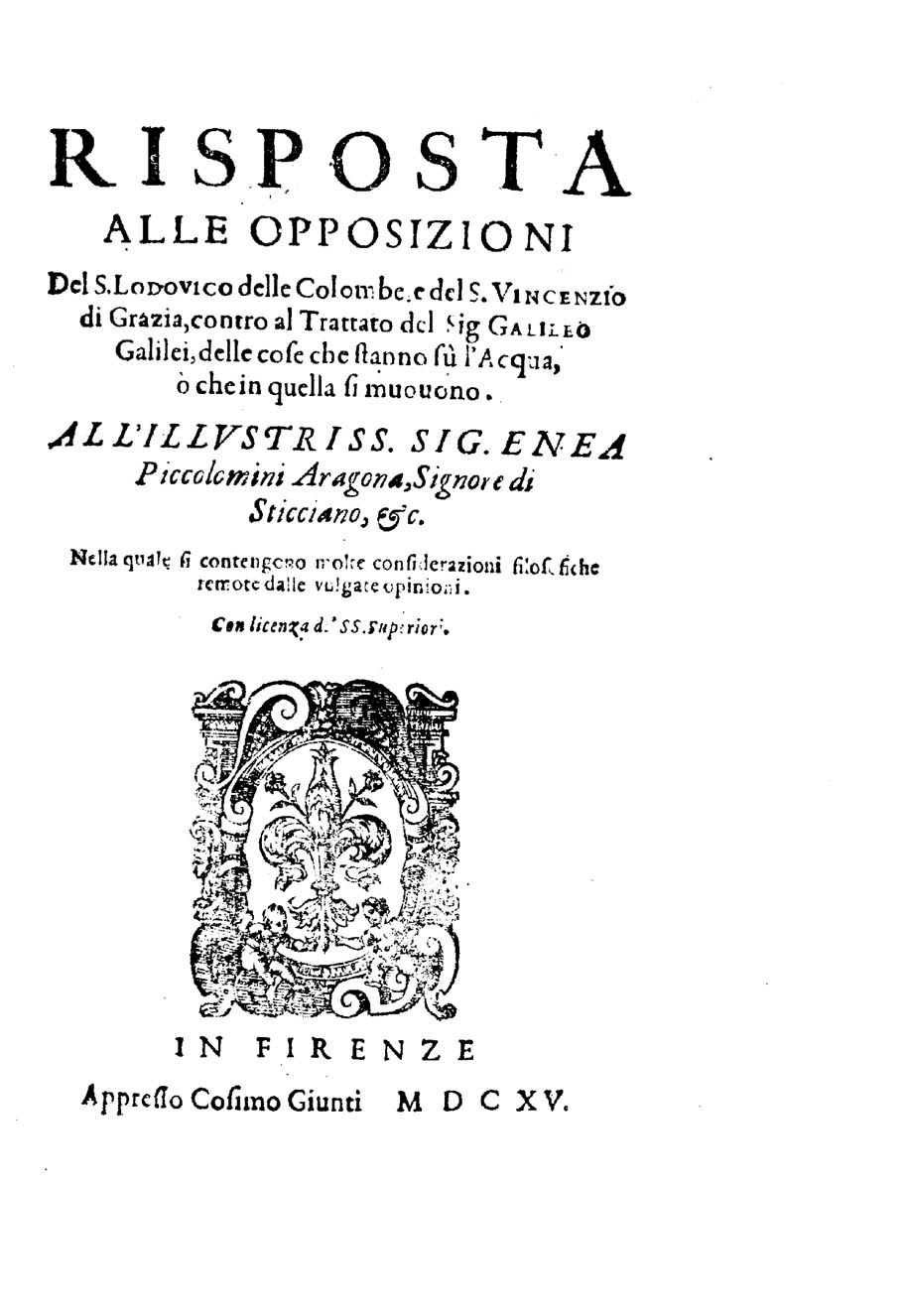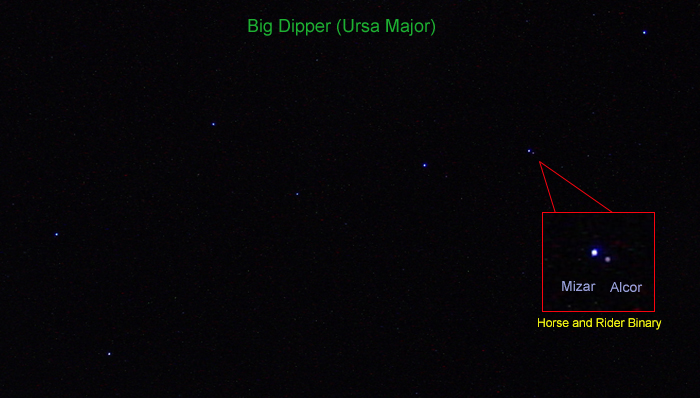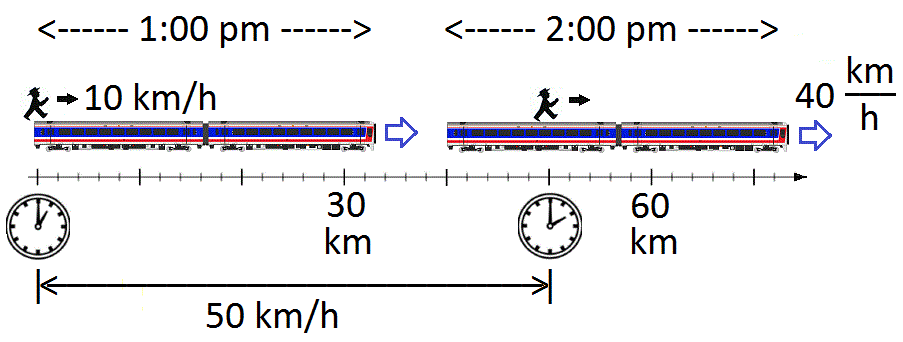|
Johann Georg Liebknecht
Johann Georg Liebknecht (23 April 1679 in Wasungen, Thuringia – 17 September 1749 in Giessen) was a German theologian and scientist. He was professor of mathematics and theology at the Ludoviciana (University) in Giessen, Germany. Biography He was born the son of Michael Liebknecht, schoolmaster, of Wasungen, and his wife, Margarethe Turckin and was educated in the Gymnasium at Schleusingen and at Jena. He was awarded MA (1702), BD (1717) and DD (1719) Liebknecht was offered a position, on the recommendation of Gottfried Wilhelm Leibniz, at the small state university in Giessen; he was versatile and could teach several subjects competently. He was both a respected evangelical theologian and a leading mathematician. Other focal points of his work lay in the application of mathematics in the military (artillery, fortresses), geology (mineral deposits), archeology (excavations of grave mounds near Giessen), fossils and astronomy. Like other Protestant theologians he avoided ... [...More Info...] [...Related Items...] OR: [Wikipedia] [Google] [Baidu] |
Heliocentrism
Heliocentrism (also known as the Heliocentric model) is the astronomical model in which the Earth and planets revolve around the Sun at the center of the universe. Historically, heliocentrism was opposed to geocentrism, which placed the Earth at the center. The notion that the Earth revolves around the Sun had been proposed as early as the third century BC by Aristarchus of Samos, who had been influenced by a concept presented by Philolaus of Croton (c. 470 – 385 BC). In the 5th century BC the Greek Philosophers Philolaus and Hicetas had the thought on different occasions that our Earth was spherical and revolving around a "mystical" central fire, and that this fire regulated the universe. In medieval Europe, however, Aristarchus' heliocentrism attracted little attention—possibly because of the loss of scientific works of the Hellenistic period. It was not until the sixteenth century that a mathematical model of a heliocentric system was presented by the Renaissance mathema ... [...More Info...] [...Related Items...] OR: [Wikipedia] [Google] [Baidu] |
1749 Deaths
Events January–March * January 3 ** Benning Wentworth issues the first of the New Hampshire Grants, leading to the establishment of Vermont. ** The first issue of ''Berlingske'', Denmark's oldest continually operating newspaper, is published. * January 21 – The Teatro Filarmonico, the main opera theater in Verona, Italy, is destroyed by fire. It is rebuilt in 1754. * February – The second part of John Cleland's erotic novel ''Fanny Hill'' (''Memoirs of a Woman of Pleasure'') is published in London. The author is released from debtors' prison in March. * February 28 – Henry Fielding's comic novel ''The History of Tom Jones, a Foundling'' is published in London. Also this year, Fielding becomes magistrate at Bow Street, and first enlists the help of the Bow Street Runners, an early police force (eight men at first). * March 6 – A "corpse riot" breaks out in Glasgow after a body disappears from a churchyard in the Gorbals district. Suspicion fa ... [...More Info...] [...Related Items...] OR: [Wikipedia] [Google] [Baidu] |
1679 Births
Events January–June * January 24 – King Charles II of England dissolves the "Cavalier Parliament", after nearly 18 years. * February 3 – Moroccan troops from Fez are killed, along with their commander Moussa ben Ahmed ben Youssef, in a battle against rebels in the Jbel Saghro mountain range, but Moroccan Sultan Ismail Ibn Sharif is able to negotiate a ceasefire allowing his remaining troops safe passage back home. * February 5 – The Treaty of Celle is signed between France and Sweden on one side, and the Holy Roman Empire, at the town of Celle in Saxony (now in Germany). Sweden's sovereignty over Bremen-Verden is confirmed and Sweden cedes control of Thedinghausen and Dörverden to the Germans. * February 19 – Ajit Singh Rathore becomes the new Maharaja of the Jodhpur State a principality in India also known as Marwar, now located in Rajasthan state. * March 6 – In England, the " Habeas Corpus Parliament" (or "First Exclusion Parliam ... [...More Info...] [...Related Items...] OR: [Wikipedia] [Google] [Baidu] |
County Of Isenburg
The County of Isenburg was a region of Germany located in southern present-day Hesse, located in territories north and south of Frankfurt. The states of Isenburg emerged from the Niederlahngau (located in the Rhineland-Palatinate), which partitioned in 1137 into Isenburg-Isenburg and Isenburg-Limburg-Covern. These countships were partitioned between themselves many times over the next 700 years. House of Isenburg The House of Isenburg was an old aristocratic family of medieval Germany, named after the castle of Isenburg in Rhineland-Palatinate. Occasionally referred to as the House of Rommersdorf before the 12th century, the house originated in the Hessian comitatus of the Niederlahngau in the 10th century. It partitioned into the lines of Isenburg-Isenburg and Isenburg-Limburg-Covern in 1137, before partitioning again into smaller units, but by 1500 only the lines of Isenburg-Büdingen (in Upper Isenburg) and Lower Isenburg remained. In 1664 the Lower Isenburg branch died out. ... [...More Info...] [...Related Items...] OR: [Wikipedia] [Google] [Baidu] |
Bensheim
Bensheim () is a town in the Bergstraße district in southern Hessen, Germany. Bensheim lies on the Bergstraße and at the edge of the Odenwald mountains while at the same time having an open view over the Rhine plain. With about 40,000 inhabitants (2016), it is the district's biggest town. Geography Location The town lies at the eastern edge of the Rhine rift on the slopes of the western Odenwald on the Bergstraße. The nearest major cities are Darmstadt (some to the north), Heidelberg (some to the south), Worms (some to the west) and Mannheim (some to the southwest). The district seat of Heppenheim lies roughly to the south. The Lauter flows through Bensheim, coming from the Lauter valley from the east, which after it passes through Bensheim is known as the Winkelbach. In the south of town runs the Meerbach, also coming from the Odenwald (but from the Zell valley). Mostly channelled underground and only coming above ground at the western edge of town is the ''Neuer ... [...More Info...] [...Related Items...] OR: [Wikipedia] [Google] [Baidu] |
Benedetto Castelli
Benedetto Castelli (1578 – 9 April 1643), born Antonio Castelli, was an Italian mathematician. Benedetto was his name in religion on entering the Benedictine Order in 1595. Life Born in Brescia, Castelli studied at the University of Padua and later became an abbot at the Benedictine monastery in Monte Cassino. He was a long-time friend and supporter of his teacher, Galileo Galilei, and in turn teacher to Galileo's son. He assisted Galileo's study of sunspots and participated in the examination of the theories of Nicolaus Copernicus. Castelli was interested in mathematics and hydraulics. He was appointed as a mathematician to the University of Pisa, replacing Galileo, and later at the University of Rome La Sapienza. Castelli introduced Bonaventura Cavalieri to Galileo, leading to an extensive correspondence between the latter; Galileo was instrumental in procuring a position for Cavalieri at the University of Bologna in 1629. Castelli was involved in the discovery of the phase ... [...More Info...] [...Related Items...] OR: [Wikipedia] [Google] [Baidu] |
Mizar And Alcor
Mizar and Alcor are two stars forming a naked eye double in the handle of the Big Dipper (or Plough) asterism in the constellation of Ursa Major. Mizar is the second star from the end of the Big Dipper's handle, and Alcor its fainter companion. The traditional name Mizar derives from the Arabic المئزر miʼzar meaning 'apron; wrapper, covering, cover'. Alcor was originally Arabic سها Suhā/Sohā, meaning either the ‘forgotten’ or ‘neglected’ one; notable as a faintly perceptible companion of Mizar. Mizar, also designated Zeta Ursae Majoris (ζ Ursae Majoris, abbreviated Zeta UMa, ζ UMa), is itself a quadruple system and Alcor, also designated 80 Ursae Majoris (80 UMa), is a binary, the pair together forming a sextuple system. The whole system lies about 83 light-years away from the Sun, as measured by the Hipparcos astrometry satellite. Stellar system With normal eyesight Alcor appears at about 12 minutes of arc from Mizar. Alcor is of magnitud ... [...More Info...] [...Related Items...] OR: [Wikipedia] [Google] [Baidu] |
Big Dipper
The Big Dipper ( US, Canada) or the Plough ( UK, Ireland) is a large asterism consisting of seven bright stars of the constellation Ursa Major; six of them are of second magnitude and one, Megrez (δ), of third magnitude. Four define a "bowl" or "body" and three define a "handle" or "head". It is recognized as a distinct grouping in many cultures. The North Star ( Polaris), the current northern pole star and the tip of the handle of the Little Dipper (Little Bear), can be located by extending an imaginary line through the front two stars of the asterism, Merak (β) and Dubhe (α). This makes it useful in celestial navigation. Names and places The constellation of ''Ursa Major'' (Latin: Greater Bear) has been seen as a bear, a wagon, or a ladle. The "bear" tradition is Indo-European (appearing in Greek, as well as in Vedic India), but apparently the name "bear" has parallels in Siberian or North American traditions. European astronomy The name "Bear" is Homeric, and appar ... [...More Info...] [...Related Items...] OR: [Wikipedia] [Google] [Baidu] |
Proper Motion
Proper motion is the astrometric measure of the observed changes in the apparent places of stars or other celestial objects in the sky, as seen from the center of mass of the Solar System, compared to the abstract background of the more distant stars. The components for proper motion in the equatorial coordinate system (of a given epoch, often J2000.0) are given in the direction of right ascension (''μ''α) and of declination (''μ''δ). Their combined value is computed as the ''total proper motion'' (''μ''). It has dimensions of angle per time, typically arcseconds per year or milliarcseconds per year. Knowledge of the proper motion, distance, and radial velocity allows calculations of an object's motion from our star system's frame of reference and its motion from the galactic frame of reference – that is motion in respect to the Sun, and by coordinate transformation, that in respect to the Milky Way. Introduction Over the course of centuries, stars appear t ... [...More Info...] [...Related Items...] OR: [Wikipedia] [Google] [Baidu] |
Relative Motion
The relative velocity \vec_ (also \vec_ or \vec_) is the velocity of an object or observer B in the rest frame of another object or observer A. Classical mechanics In one dimension (non-relativistic) We begin with relative motion in the classical, (or non- relativistic, or the Newtonian approximation) that all speeds are much less than the speed of light. This limit is associated with the Galilean transformation. The figure shows a man on top of a train, at the back edge. At 1:00 pm he begins to walk forward at a walking speed of 10 km/h (kilometers per hour). The train is moving at 40 km/h. The figure depicts the man and train at two different times: first, when the journey began, and also one hour later at 2:00 pm. The figure suggests that the man is 50 km from the starting point after having traveled (by walking and by train) for one hour. This, by definition, is 50 km/h, which suggests that the prescription for calculating relative velocity in th ... [...More Info...] [...Related Items...] OR: [Wikipedia] [Google] [Baidu] |
Aurora
An aurora (plural: auroras or aurorae), also commonly known as the polar lights, is a natural light display in Earth's sky, predominantly seen in high-latitude regions (around the Arctic and Antarctic). Auroras display dynamic patterns of brilliant lights that appear as curtains, rays, spirals, or dynamic flickers covering the entire sky. Auroras are the result of disturbances in the magnetosphere caused by the solar wind. Major disturbances result from enhancements in the speed of the solar wind from coronal holes and coronal mass ejections. These disturbances alter the trajectories of charged particles in the magnetospheric plasma. These particles, mainly electrons and protons, precipitate into the upper atmosphere (thermosphere/exosphere). The resulting ionization and excitation of atmospheric constituents emit light of varying colour and complexity. The form of the aurora, occurring within bands around both polar regions, is also dependent on the amount of acceleration imp ... [...More Info...] [...Related Items...] OR: [Wikipedia] [Google] [Baidu] |









